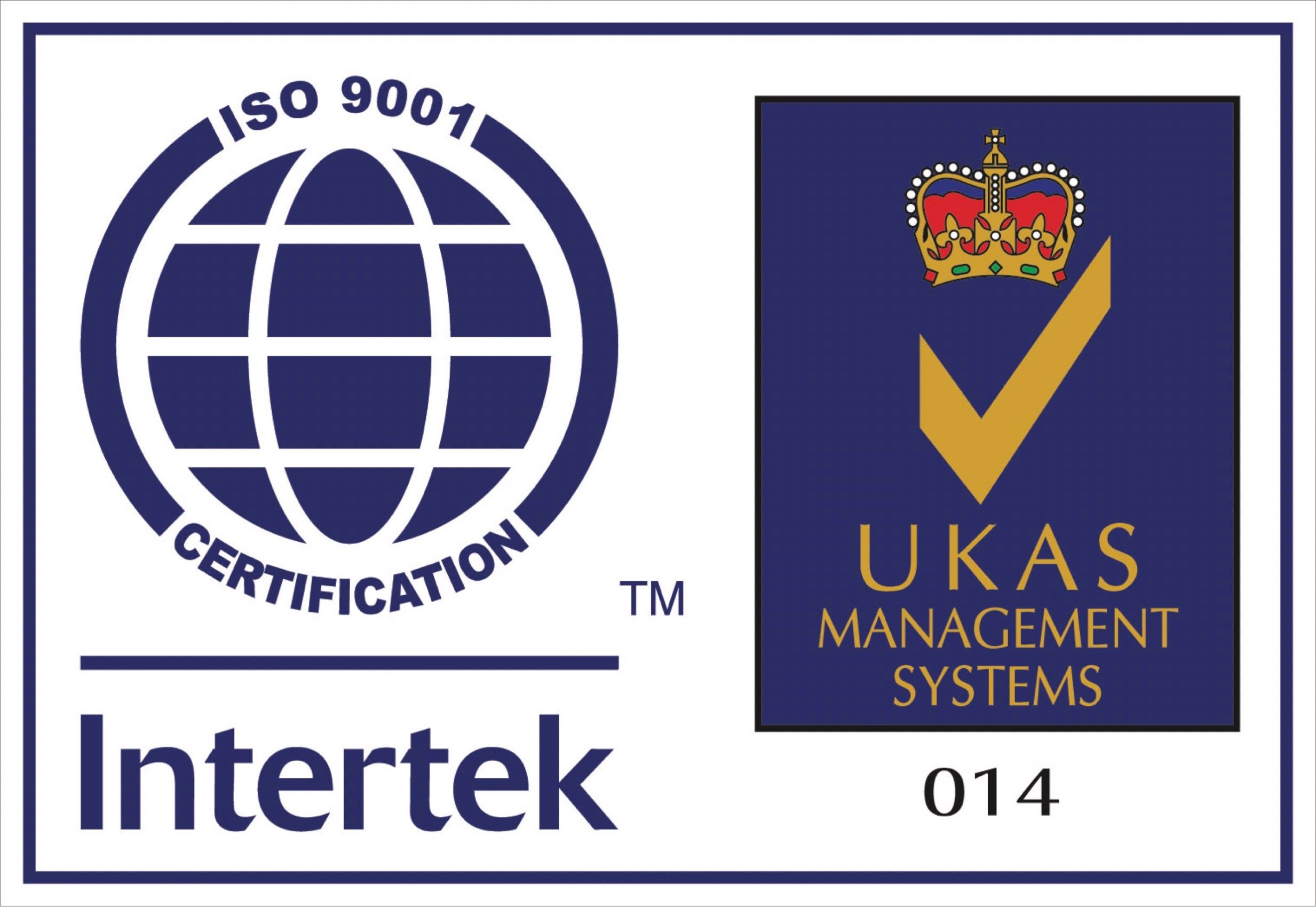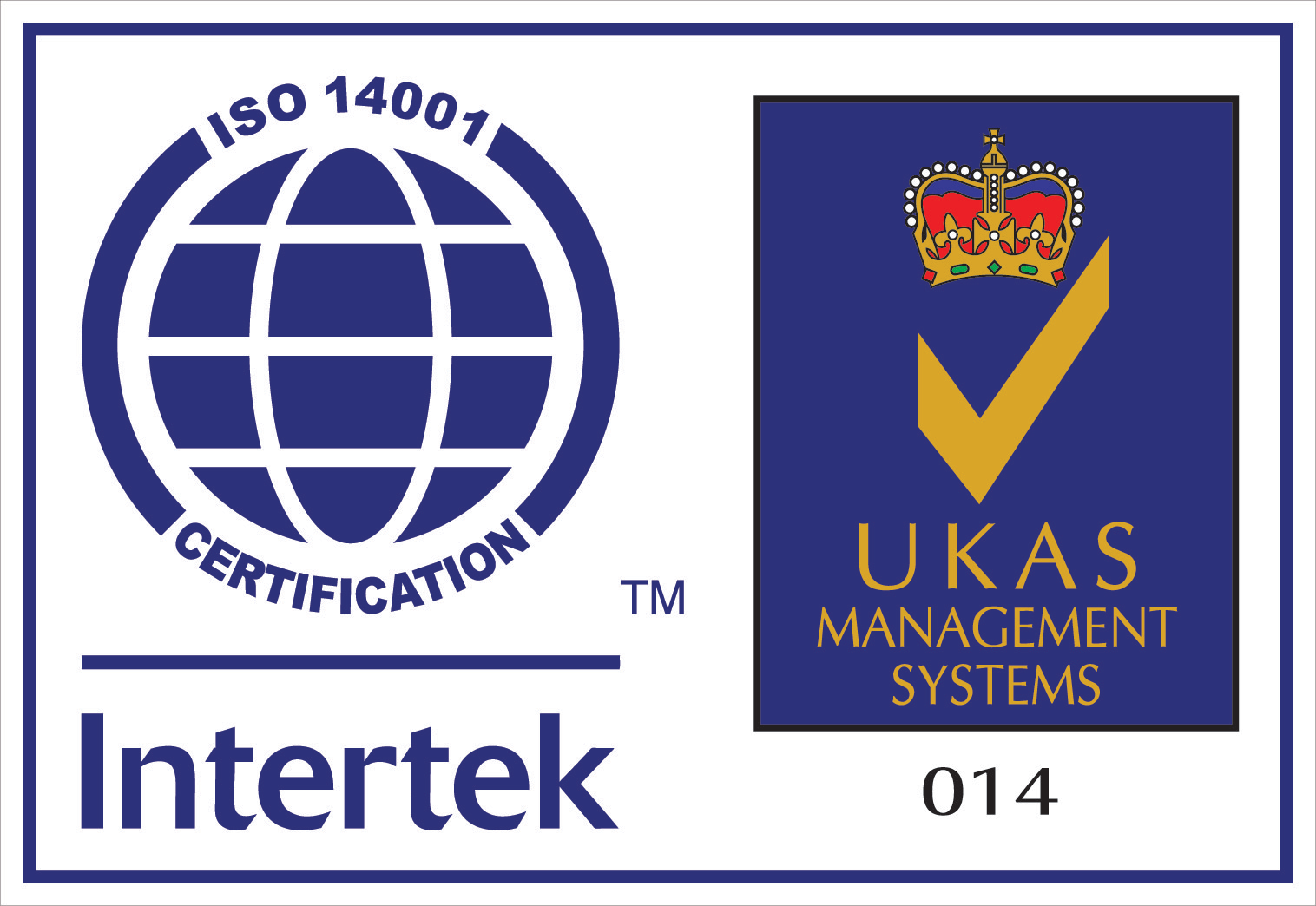Making Europe’s sewage treatment plants more efficient and circular can help meet zero-pollution targets
Sewage treatment can play a key role in Europe’s shift to a zero-pollution future by becoming more resource efficient and contributing to the circular economy, according to a European Environment Agency (EEA)
Most of Europe’s urban waste water treatment plants have focused on cleaning water and returning it to the environment in just a simple, linear approach. However, with use of new techniques and innovation, these facilities can act as resource hubs providing reclaimed water, energy, nutrients and organic materials for reuse, recycling and recovery, according to the EEA report ‘Beyond water quality Sewage treatment in a circular economy
PUBLICATIONBeyond water quality: sewage treatment in a circular economy.
Doing so would ensure that these vital installations deliver decisively to ambitions under the European Green Deal. The report sets out policy considerations for the transition to sustainability under the European Green Deal, focusing on the opportunities to achieve zero pollution and circularity.
Challenges facing waste water treatment
Managing sewage (urine, faeces and the dirty grey water we send down our drains) as well as urban run-off from roads and industrial wastewater is far from a pollution-free process across Europe. The treatment required to minimise pollution of water can lead to the production of greenhouse gases and contaminated sludges, which can go on to pollute air, soils and water. Treatment plants are facing additional challenges such as storm water surges from extreme weather due to climate change, and the reality that there are many more pollutants in urban waste water than were previously recognized under EU legislation. We have limited understanding of the risks to aquatic life presented by mixtures of chemicals in surface waters, and many of these chemicals come from products used in our own homes. Further, the construction, maintenance and operation of waste water collection and treatment come at high financial and greenhouse gas emission costs.
Reviews and evaluations of key parts of European legislation such as the Urban Waste Water Treatment and Sewage Sludge Directives present the opportunity to modernise and improve coherence across the sector and help deliver on the ambitions of the European Green Deal. The report says action is needed in other related areas to support water treatment in achieving future sustainability and in reducing pollution. In particular, efforts are needed upstream to ensure more efficient water use and pollution control, to minimise both the volume of water to be treated and the level of contamination. Planning legislation should enable innovation in approaches to water and sewage management, since large treatment plants can deliver considerable efficiencies of scale, while decentralised sewage treatment can enable circularity at the local level.
Other key findings
- Treatment of sewage is not ‘one size fits all’. Local conditions call for local solutions. Financial resources, the availability of land, population density, nature of the receiving water and types of industrial activity all influence the options available. Ensuring flexible approaches to meet necessary quality standards can enable innovation and locally appropriate solutions.
- Economic incentives for recycling and legislation that helps to scale up circular approaches to urban waste water treatment, enabling recovered resources to enter the market, while legal barriers limiting the use of such resources for example treated sewage sludge should be revisited.
- Achieving the transition to more efficient sewage treatment and a circular economy requires change not only in regulatory and institutional approaches, but also in how we as citizens appreciate our individual and collective responsibilities towards sewage management. Nature-based solutions, which provide benefits such as green space and flood alleviation for example reed beds can generate local support.
Source: https://www.eea.europa.eu/highlights/making-europes-sewage-treatment-plants

